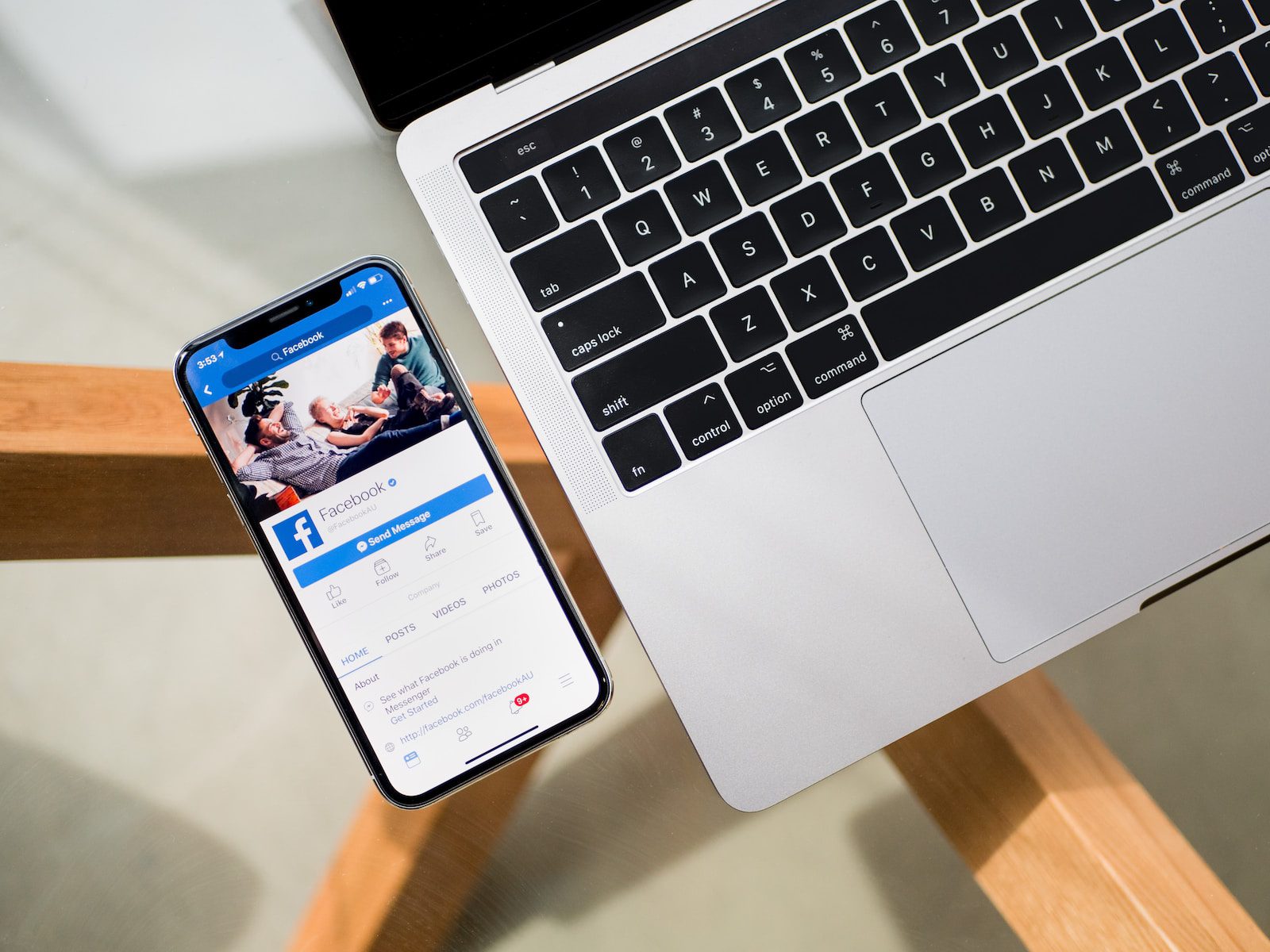
With the growing dominance of the digital landscape, businesses are increasingly relying on digital marketing campaigns to drive brand awareness, reach their target audience, and achieve their business goals. However, building a successful digital marketing campaign requires careful planning, strategic execution, and continuous optimization. In this blog post, we will guide you through the essential steps to transform your campaign from zero to hero.
Before jumping into any campaign, it’s crucial to clearly define your objectives. What do you aim to achieve? Is it increased brand awareness, lead generation, sales, or customer retention? By setting specific, measurable, attainable, relevant, and time-bound (SMART) goals, you can align your campaign efforts toward achieving tangible results.
Understanding your target audience is paramount to the success of your campaign. Conduct thorough market research to identify your ideal customer personas. Determine their demographics, interests, pain points, and online behavior. This knowledge will help you create tailored content and select the right digital channels to effectively reach and engage with your audience.
Content is the backbone of any successful digital marketing campaign. Create engaging and valuable content that resonates with your target audience. Whether it’s blog articles, videos, infographics, or social media posts, your content should align with your audience’s needs and preferences. Focus on providing solutions, answering questions, and addressing pain points to establish your brand as a trusted resource.
Selecting the right digital channels to promote your campaign is crucial. Consider where your target audience spends their time online and which platforms align with your campaign objectives. Whether it’s search engine advertising (SEM), social media marketing, email marketing, influencer partnerships, or a combination of channels, ensure your chosen platforms have the potential to reach your audience effectively.
To gauge the success of your digital marketing campaign, it’s essential to implement tracking and analytics tools. Set up tracking pixels, conversion tracking, and UTM parameters to measure the performance of your campaign. Analyze metrics such as website traffic, click-through rates, conversion rates, and engagement levels. This data will provide valuable insights to optimize your campaign and make data-driven decisions.
Successful digital marketing campaigns require ongoing optimization and adaptation. Regularly review your campaign performance and identify areas for improvement. Test different elements such as headlines, visuals, calls-to-action, and targeting options to optimize your results. Stay updated with industry trends, algorithm changes, and consumer preferences to ensure your campaign remains relevant and impactful.
Building a successful digital marketing campaign requires careful planning, strategic execution, and continuous optimization. By defining your objectives, understanding your target audience, crafting compelling content, selecting the right digital channels, implementing tracking and analytics, and continuously optimizing your campaign, you can transform it from zero to hero. Remember, digital marketing is an ever-evolving field, so stay curious, experiment, and adapt your strategies to stay ahead of the competition and achieve your business goals.









